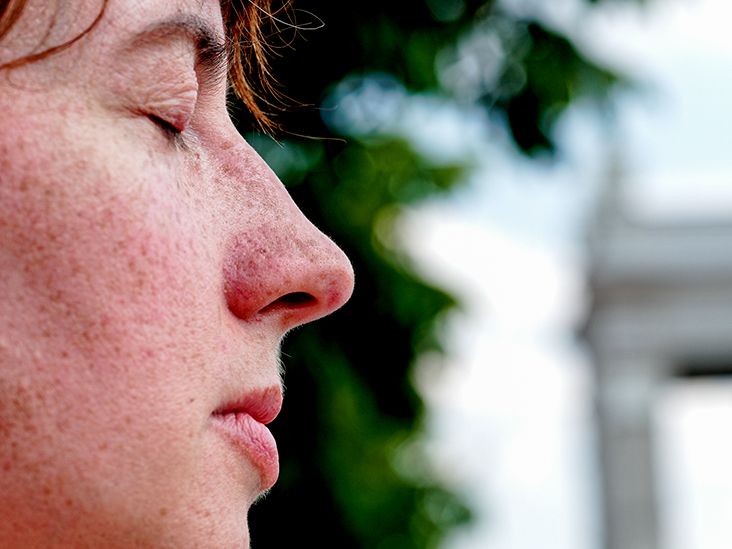Understanding Stevens-Johnson Syndrome

Understanding Stevens-Johnson Syndrome
What is Stevens-Johnson Syndrome?
Stevens-Johnson Syndrome (SJS) is a rare, life-threatening condition that primarily affects the skin and mucous membranes. Formerly referred to as Lyell’s syndrome, SJS is often confused with Toxic Epidermal Necrolysis (TEN), a more severe variant of the disorder. SJS typically results from an adverse reaction to medications, though infections can also be a cause. With an incidence of approximately 4-5 cases per million adults each year, SJS requires immediate medical attention due to its potential severity.
Recognizing the Symptoms of SJS
Early signs of Stevens-Johnson Syndrome often mimic those of the flu, appearing one to three days before the onset of a rash. Key initial symptoms include:
- Sore throat
- Cough
- Red eyes
- Headache
- Muscle aches
As SJS progresses, a blistering rash emerges, typically starting on the face and chest before spreading to other parts of the body and mucous membranes, including the eyes, mouth, and genital areas. The skin may develop pink spots that darken and blister, leading to the detachment and peeling of the epidermis.
Causes and Risk Factors Associated with SJS
Medications
The majority of SJS cases are triggered by an adverse reaction to medications. Over 100 drugs have been linked to SJS, particularly within the first eight weeks of treatment. Common culprits include:
- Anticonvulsants such as lamotrigine and carbamazepine
- Antibiotics like penicillins and sulfonamides
- Nonsteroidal anti-inflammatory drugs (NSAIDs)
- Allopurinol, used for gout and kidney stones
- Nevirapine for HIV treatment
Infections
Infections can also trigger SJS, particularly viral and bacterial pathogens. Common viral agents include herpes simplex virus, HIV, and influenza, while bacterial causes may involve Mycoplasma pneumoniae and staphylococcal infections.
Risk Factors for Developing SJS
While Stevens-Johnson Syndrome can affect anyone, certain factors increase susceptibility:
- Being female
- Older age
- Children
- Underlying medical conditions such as HIV or cancer
- Genetic predispositions, particularly variations in the HLA-B gene
Stevens-Johnson Syndrome vs. Toxic Epidermal Necrolysis
Stevens-Johnson Syndrome and Toxic Epidermal Necrolysis are part of the same clinical spectrum, differentiated primarily by the extent of skin involvement. SJS is characterized by skin detachment affecting less than 10% of the body surface area, whereas TEN involves more extensive skin loss. An intermediate classification, SJS/TEN overlap, occurs when 10-30% of the skin is affected.
Potential Complications of SJS
Complications from Stevens-Johnson Syndrome can be severe, affecting both the skin and internal organs:
- Skin scarring and pigment changes
- Involvement of mucous membranes leading to eye dryness or vision loss
- Esophageal and genital scarring
- Severe infections such as cellulitis and sepsis
- Organ failures including liver and kidney failure
Diagnosis and Treatment of SJS
Diagnosing Stevens-Johnson Syndrome involves a clinical evaluation based on medical history and symptom presentation. Dermatologists often perform skin biopsies to confirm the diagnosis and rule out other conditions. Immediate hospitalization is crucial, typically in an intensive care unit or a specialized burn unit, to manage symptoms and prevent complications.
Treatment focuses on discontinuing the offending medication, supportive care for skin and mucous membrane healing, and prevention of secondary infections. Additional treatments may include:
- Pain management strategies
- Fluid and electrolyte replacement
- Oxygen therapy and respiratory support
- Nutritional support, potentially via feeding tubes
- Temperature regulation
Preventing Stevens-Johnson Syndrome
Prevention of SJS primarily involves minimizing exposure to known triggers. This includes:
- Avoiding medications previously associated with SJS
- Genetic screening for high-risk individuals before prescribing certain drugs
- Careful monitoring when initiating new medications, especially within the first eight weeks
Recovery and Outlook After SJS
Recovery from Stevens-Johnson Syndrome varies based on the severity and complications encountered. While skin regeneration begins within a few weeks, complete healing can take several months. Some individuals may experience long-term effects such as scarring or vision impairment. Mental health support is also important, as the emotional impact of SJS can be significant.
Mortality rates for SJS are relatively low, ranging from 2-5%, and have improved with advancements in medical care. Early intervention and comprehensive treatment are critical for a positive outcome.
Key Takeaways About SJS
Stevens-Johnson Syndrome is a critical medical emergency characterized by severe skin and mucous membrane involvement. Prompt recognition and treatment are essential to prevent life-threatening complications. Understanding the risk factors and avoiding known triggers can significantly reduce the chances of developing SJS. If diagnosed, comprehensive medical care and ongoing support are vital for recovery.
